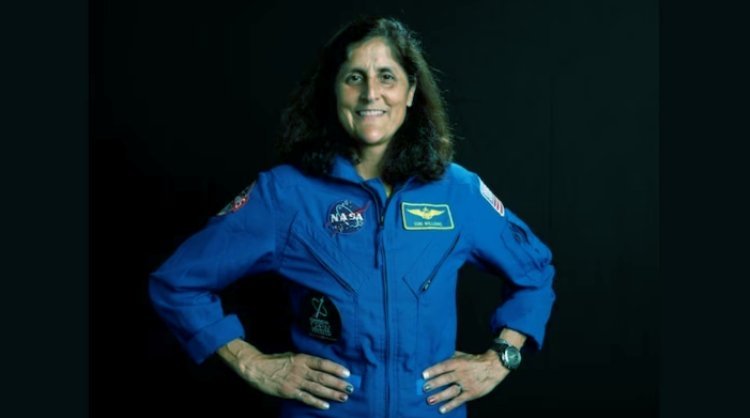NASA claims that the "station is a nice, safe place" and that they are "not in a rush" to send Sunita Williams home.
NASA's commercial crew program manager, Steve Stich, said, "I want to make it real clear that we're not in any rush to come home."

NASA and Boeing officials have come out to deny rumours that NASA astronauts Sunita Williams and Butch Wilmore are stuck on the International Space Station (ISS) because of technical difficulties. They emphasise that the astronauts are safe and that their return just requires careful planning.
The potential helium leaks on the Boeing Starliner spacecraft, which carried the crew to the International Space Station (ISS), earlier this month, raised concerns. Nonetheless, NASA representatives reassured the public that everything is under control at a press conference held late on Friday.
"I want to be very clear that we are not in a hurry to return home," NASA's commercial crew program manager Steve Stich said.
"The station is a nice, safe place to stop and take our time to work through the vehicle and make sure we're ready to come home," he said, underscoring the ISS's safety.
Today's spacewalk has been cancelled due to a water leak in the service and cooling umbilical unit on NASA astronaut Tracy C. Dyson's spacesuit. Stay tuned to the broadcast and follow the @Space_Station blog for mission updates: https://t.co/FRrjhINIvY pic.twitter.com/z8aNX6zBkx
— NASA (@NASA) June 24, 2024
NASA and Boeing are proceeding cautiously, carefully assessing the operation of Starliner's propulsion system prior to commencing the journey back to Earth.
A recent water leak discovered in a service and cooling umbilical unit has added to the mission's prolonged timeline. Due to this mishap, NASA had to cancel a spacewalk scheduled for June 24. As a result, the next spacewalk is now scheduled for the end of July. This delay gives ground crews enough time to fix the leak and guarantee astronaut safety.
Despite the original eight-day plan, the crew's stay on the International Space Station (ISS) has been considerably prolonged. NASA guarantees that there are enough resources aboard the spaceship to sustain the astronauts throughout this period, though.
It takes the spacecraft seven hours to complete a routine end-of-mission, and NASA stated that it "currently has enough helium left in its tanks to support 70 hours of free flight activity following undocking."













